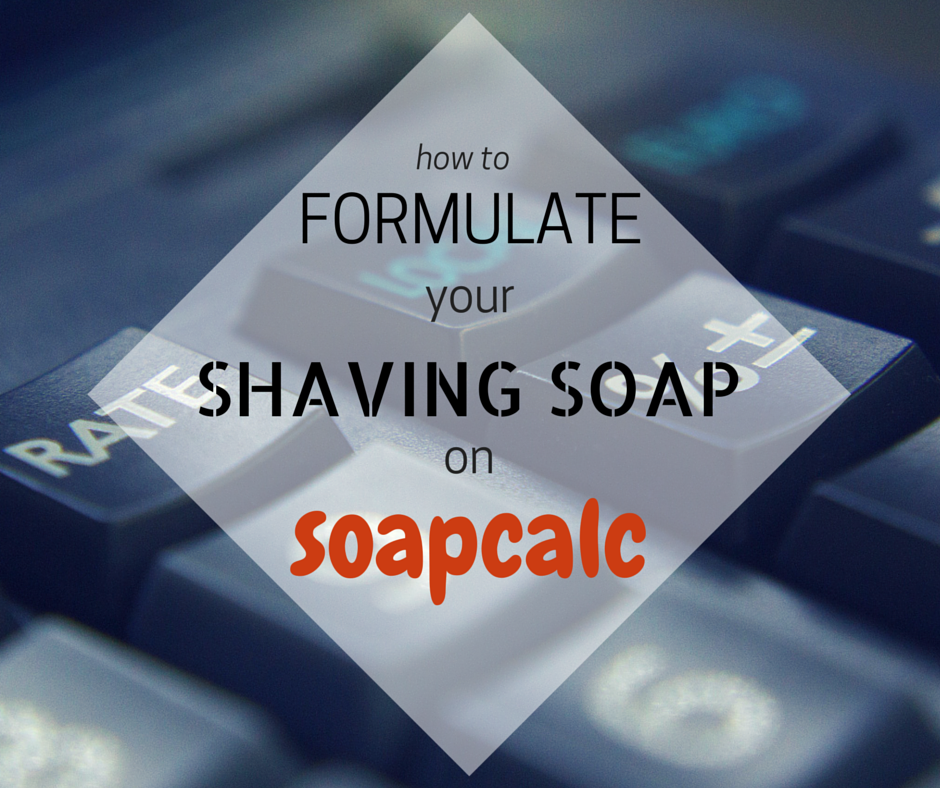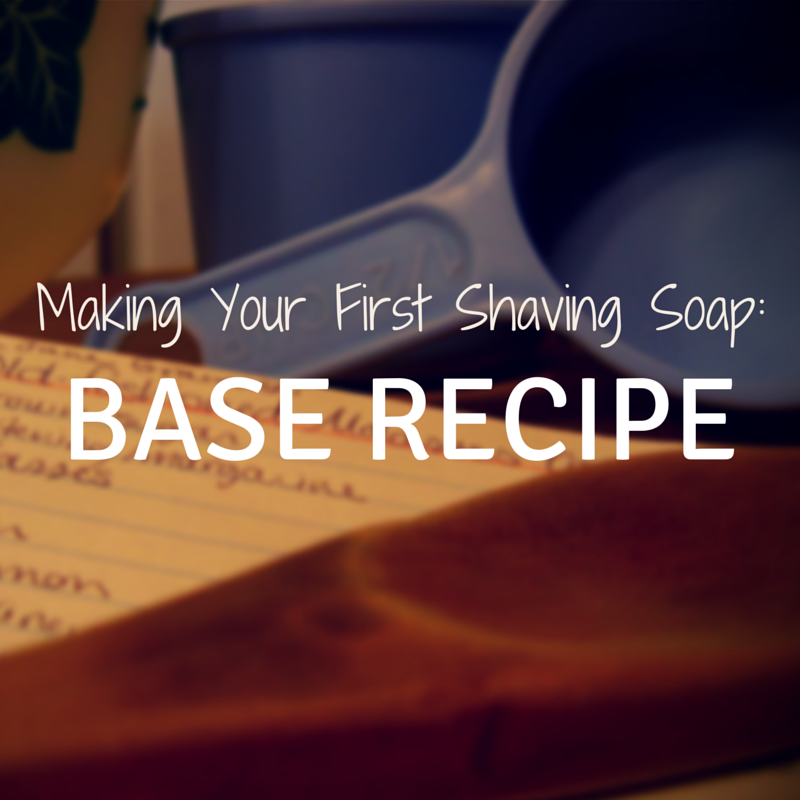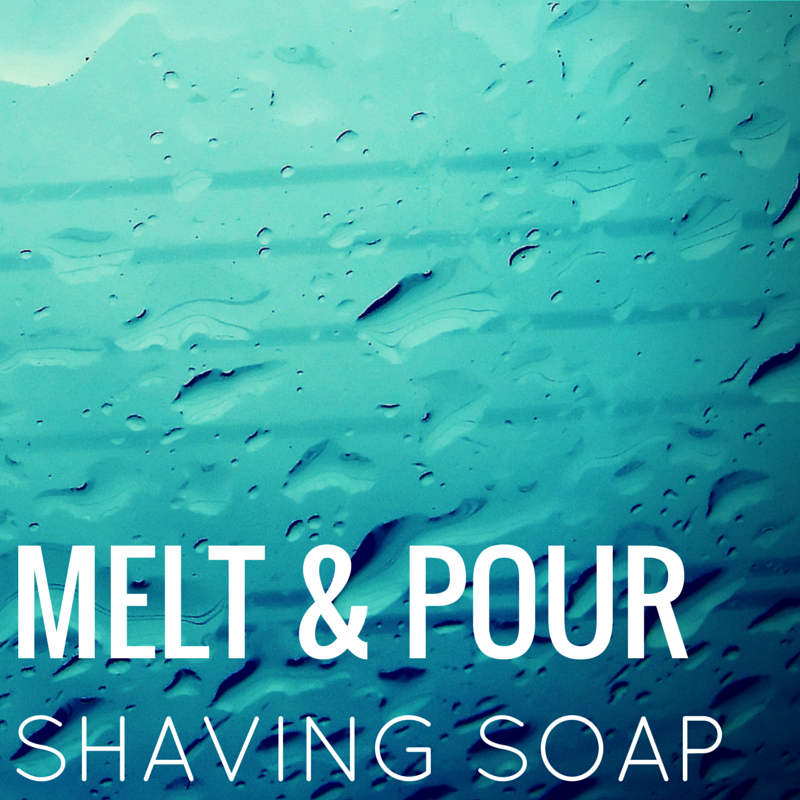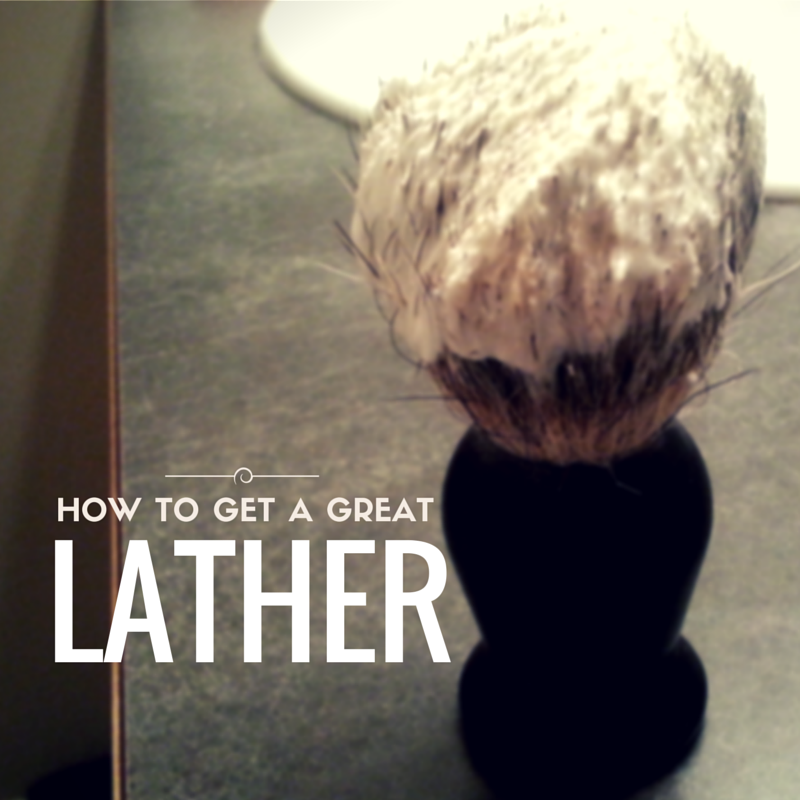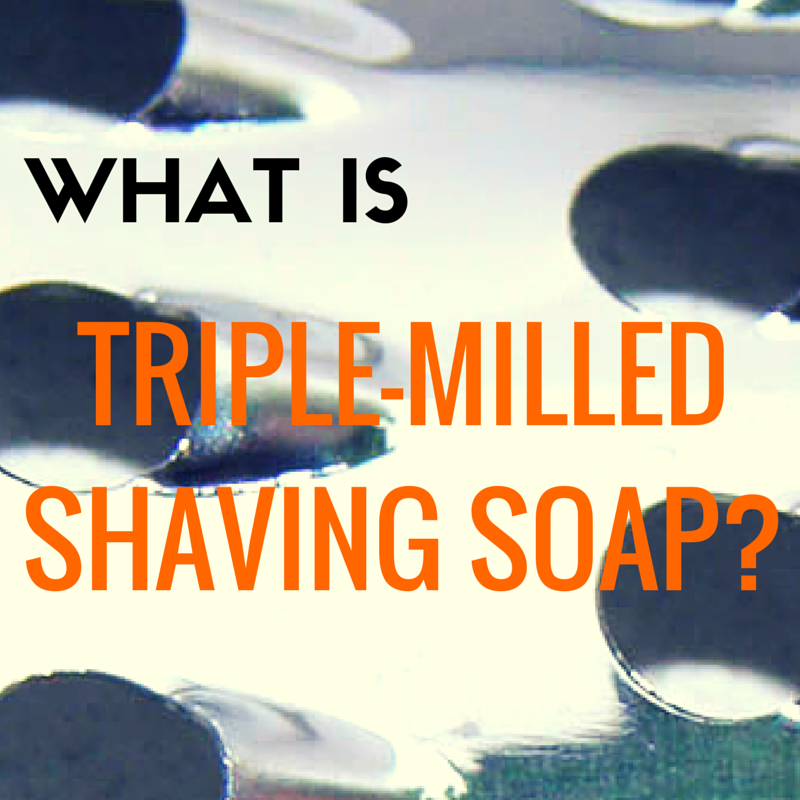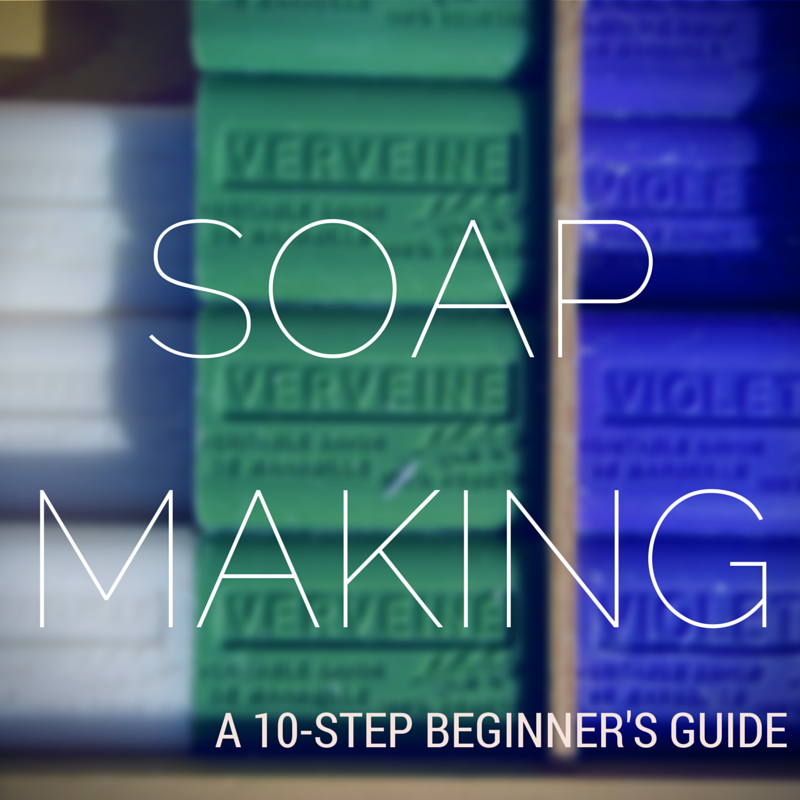Soapcalc is an awesome resource for soap making. But how should you use Soapcalc to formulate shaving soap? What do the numbers and factors displayed mean? How do you calculate lye ratios with Soapcalc?
Basics
How to Personalize Your Shaving Soap Recipe: Fragrance, Fats & More
So you have a shaving soap recipe that gives you a good shave and a rich, stable lather – but that’s it. For now, it’s unscented and far from extraordinary.
This is part of the process, though. It’s easier to establish a foundation and manipulate one or two things at a time in subsequent batches. When something goes wrong, this limits the number of possible culprits.
Now that we’ve got a solid foundation, it’s time to get a little more creative!
Read moreHow to Personalize Your Shaving Soap Recipe: Fragrance, Fats & More
Making Your First Shaving Soap: Base Recipe
Looking for a shaving soap recipe? I’m going to show you how to make your own, even if you’ve never made soap before.
If you’re new to soap making, it’s still a good idea to start with a base recipe to work from. That way, you can make small adjustments and observe their results.
Melt and Pour Shaving Soap
You want to start experimenting with shaving soap, but you’re feeling a little overwhelmed. Locating, buying, and handling lye and a myriad of oils can be confusing.
If you just want to experiment with different fragrances and/or superfats, melt and pour soap can be a great way to go. In this post, I’m going to sum up the pros and cons of melt and pour shaving soap.
How to Make Shaving Soap with a Great Lather
Lather is the most important thing about a shaving soap. It’s got to be rich, long-lasting, slick, and moisturizing – and it can’t dry or irritate skin.
If you’ve been looking into how to make shaving soap, you’ve probably heard some off-putting numbers about how many recipe variations people have gone through to get a good lather. It’s my goal to help you skip some of that expensive and time-consuming process. In this post, we’ll get into the characteristics of an awesome lather and some of the fats soap makers use to achieve it.
What Is Triple Milled Shaving Soap? Is It Better?
Have you ever seen a fancy looking soap that boasts ‘triple-milled!’ and wondered if it’s actually better, or just a buzzword?
Maybe you make your own soap, and you’ve wondered about the process of triple milling soap and whether it’s worth your time?
Cold Process or Hot Process Shaving Soap?
Hello, shavers & soapers! In this post we’re going to discuss the two predominant methods of small-scale soap making: cold process and hot process. As you’d guess, the difference between the two is the temperature the fat and lye react at.
We’re going to cover the differences between hot process and cold process, the benefits of each, and which one is better for shaving soap, as well as a bit about stearic acid.
NaOH vs KOH: Ratios & Discounts (Superfatting)
Last time, we discussed the basic process of making soap, and talked about how a lye solution and fat react during the saponification process.
This time, we’re going to go beyond the basics (ha!) of lye. Remember, there are two types of lye used in soap making: sodium (NaOH) and potassium (KOH) hydroxide.
These two alkali salts, when mixed with water and added to the same fats, can produce considerably different end products. In this post, we’ll figure out the differences between NaOH and KOH, talk about ratios when mixing both, and cover superfatting/lye discounting.
Soap Making: A Beginner’s 10-Step Guide
Hey, shavers & soapers! Today I want to talk about the process of soap making itself. It’s a bit of basic information we’ll need to know in order to progress to more in-depth topics like the role of different fats, alkalis, and other finer points of shaving soap. This is a great place to start for soap making beginners.
You open your eyes. You’re a Sumerian, sometime around 2200 BC. Before you, you see a pot of cassia oil. Huh, that’s weird. You decide to pour the wood ashes in your hand into the pot. You’re not sure why you do this.
Some weird stuff happens in the pot. Later, you decide this stuff would probably wash your skivvies up a treat.
Types of Shaving Soap: Hard, Soft, and Cream
Last time, we looked at the most important criteria for a great shaving soap. Of course, there’s more than one way to shave a cat! (It’s more politically correct than skinning them, OK?)
Today, we’re going to examine a few different types of shaving soap out there, and take a look at the differences between the ingredients and processes used.

